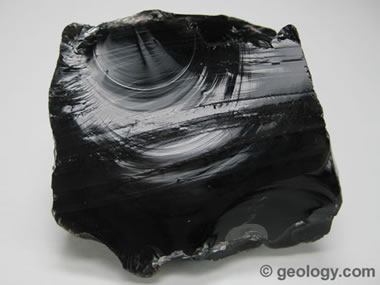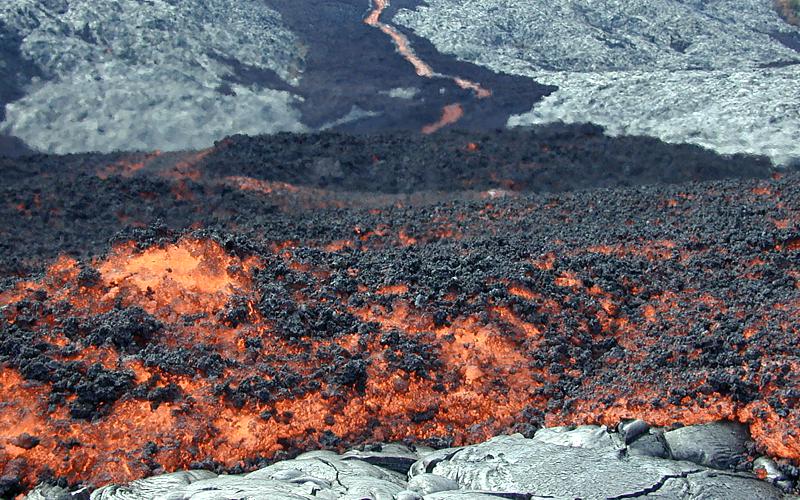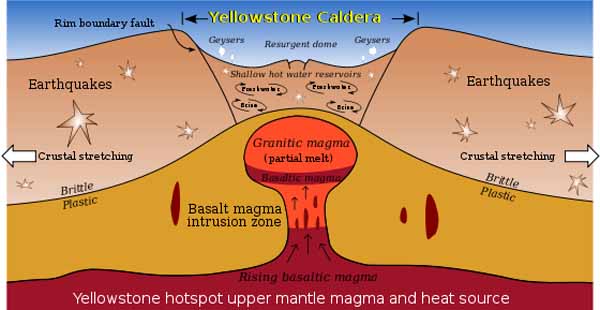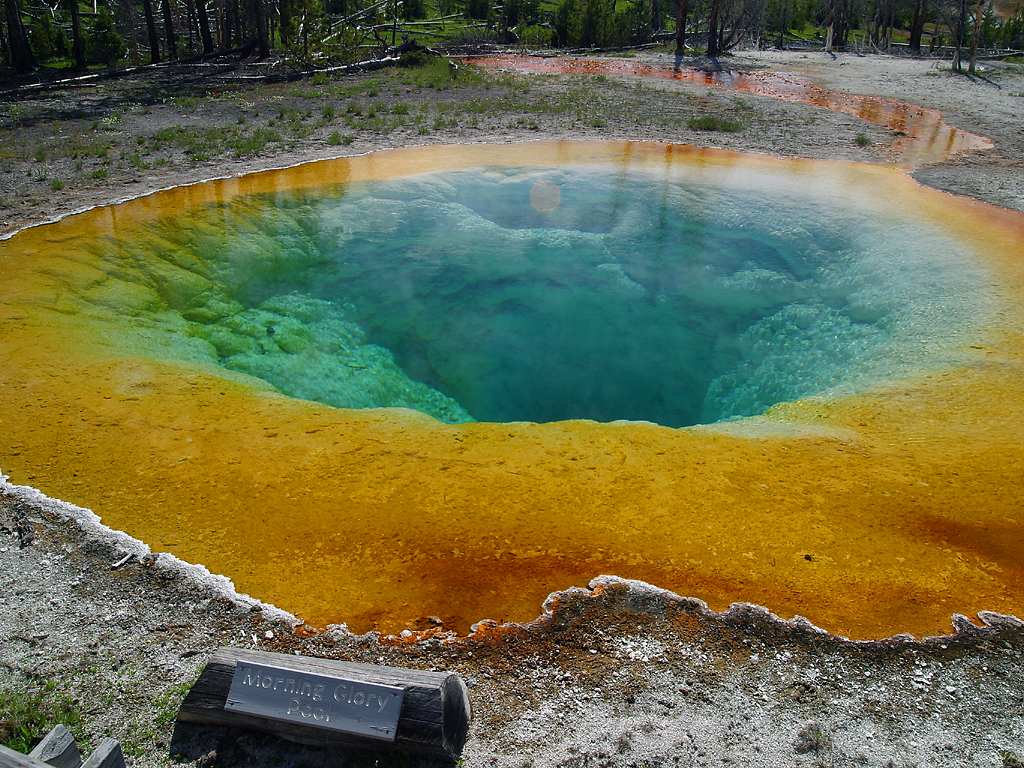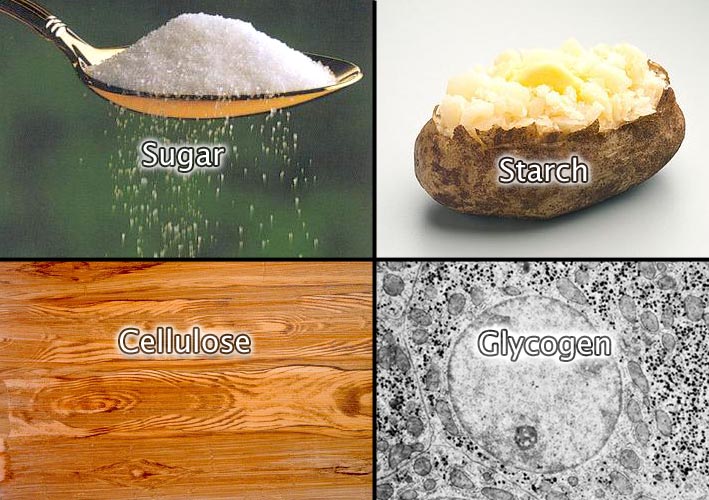| This diagram shows the initial concept of this unit; the rock cycle.http://content.blackgold.ca/ict/Division4/Science/Div.%204/changingearth/images/rock_cycle_800x609.jpg |
Have you ever considered what things are made up of? For example, clothes. Clothes are made up of fabric, fabric is made up of thread, thread is made up of cotton, and so on. Well a similar instance also happens on Earth. The Earth is made up of rocks, rocks are made up of minerals, minerals are made up of compounds, compounds are made up of elements, elements are made up of atoms and atoms are made up of protons, neutrons, and electrons.
http://www.123rf.com/photo_12761145_earth-globe
http://en.wikipedia.org/wiki/File:DirkvdM_rocks.jpg http://skywalker.cochise.edu/wellerr/VGM/mineral-hall.htmhttp http://mail.colonial.net/~hkaiter/human_elements_star.htmhttp://www.wallpapervortex.com/ipad-wallpaper-21317_funny_funny_protons_neutrons_electrons.html
Minerals are mistaken for rocks all the time, but how can we tell them apart? Minerals have five special characteristics that make them minerals. They have to be naturally occurring, meaning they were never man-made. Minerals have to be inorganic, meaning that the material cannot have been made from another living thing. They have to be solid, with a definite shape and volume. Minerals have to have a crystal structure: the on going pattern of a mineral’s particles that form a solid, called a crystal. And lastly a mineral has to have a definite chemical composition which means that a mineral always contains certain elements in definite proportions. Some examples of minerals are halite, pyrite, and gold. Each mineral has its own chemical formula also. Gold is Au, halite is NaCI, and pyrite is FeS2. (The pictures below from left to right are gold, halite, and pyrite)
http://www.ezee-breathe.com/rock_salt__halite.htm http://www.mii.org/Minerals/photogold.html
Igneous rock is formed from magma or lava cooling and crystallizing. The difference between magma and lava is that magma is molten rock inside the Earth, while lava is molten rock outside the Earth, and igneous rock can form from both, in two different ways, either intrusive like granite or extrusive like basalt. Intrusive igneous rock is rock that is formed on the inside of the Earth, it is formed when magma underneath the Earth’s surface hardens. Extrusive igneous rock is the opposite, it is igneous rock formed on the surface of the Earth, it is formed when hot lava that has erupted on Earth’s surface cools and crystallizes. (The pictures below from left to right are basalt and granite)
Metamorphic rocks form from the pressure deep beneath the Earth’s surface, which can turn any rock into a metamorphic rock. Metamorphic rocks can form either foliated or non-foliated. If a metamorphic rock is foliated like slate it means that its grains are arranged in neat, organized parallel bands or layers. If a metamorphic rock is non-foliated like marble it means that its grains are randomly arranged. (The pictures below from left to right are a foliated metamorphic rock and a non-foliated metamorphic rock.) http://skywalker.cochise.edu/wellerr/rocks/mtrx/gneissL.htm http://geology.com/rocks/metamorphic-rocks.shtml
Little pieces of Earth get eroded and broken away by water or wind. These little pieces of Earth are washed downstream where they settle at the bottom of rivers, oceans, and lakes or deposited somewhere else. Eventually more erosion and deposition happens and layer after layer the pieces compact and cement together to form sedimentary rock. There are three different types of sedimentary rock that form from a cycle similar to this, these types of rock are clastic, chemical, and organic. Clastic sedimentary rock, like shale or sandstone forms when fragments of other rocks are combined and compact together to form a new sedimentary rock. Organic sedimentary rock, like coal form from the remains of plants and animals compact and cemented together. And chemical sedimentary rock, like limestone form when crystallized minerals dissolve in a solution get compacted together. (The pictures below from left to right are clastic, chemical, and organic sedimentary rock.)
http://geology.com/rocks/sedimentary-rocks.shtml http://geology.com/rocks/sedimentary-rocks.shtml http://geology.com/rocks/sedimentary-rocks.shtml This diagram below shows how each metamorphic, igneous, and sedimentary rock form. http://yischemistry.pbworks.com/f/1303106023/rock_cycle.jpg
Over thousands of years a rock can go through quite a journey, and turn into every and any rock. This process is called the rock cycle. Lets say you start your rock life as magma, and erupt from a volcano and you crystalize into igneous rock. Then once your igneous rock you can either get subducted into a trench and turn into magma again, be part of two converging plates and get turned into metamorphic rock, or get weathered and eroded into sediments. If you were magma you would turn into an igneous rock again but if your sentiments you would get carried in a river and get deposited and buried by more sediments to turn into a sedimentary rock. Once you're a sedimentary rock you can either weather and erode back into sediments, subduct back into the mantle where you will get turned into lava again, or get compacted by two converging plates and turn you into metamorphic rock. If you are metamorphic rock then you can either weather and erode back to sediments or subduct into a trench where you will become magma again, and start the cycle differently and new.
In class we played the brilliant game made by Btags known as The Rock Cycle Game. In this game we randomly went through a daily thousand years of a rocks life. We got turned into many different types of rocks and learned how it is possible to do so. Afterwards, we made a comic strip of our rocks life to illustrate and narrate how a rock goes through its cycle.
|








